10 technical strategies to avoid when scaling your startup (and 5 to embrace)
Intercom, Inc.
JANUARY 12, 2021
This post is an adaptation of a talk I recently gave at the Amazon Web Services (AWS) community day event in Dublin about the technical strategies I’ve experienced that don’t work and the ones that have helped us to grow and scale at Intercom. At Intercom, we’ve found success running Lambda as glue code between AWS services.


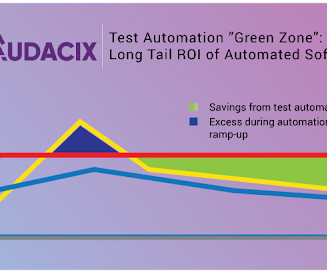

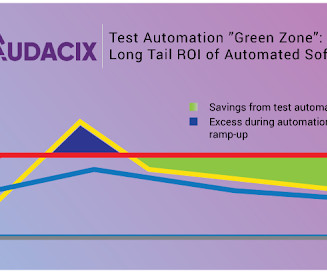



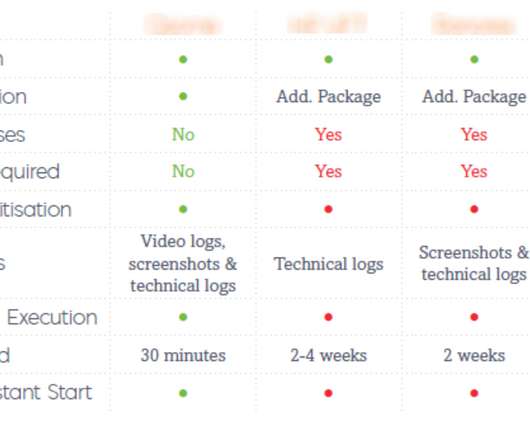
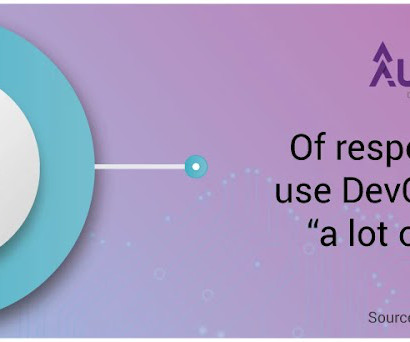




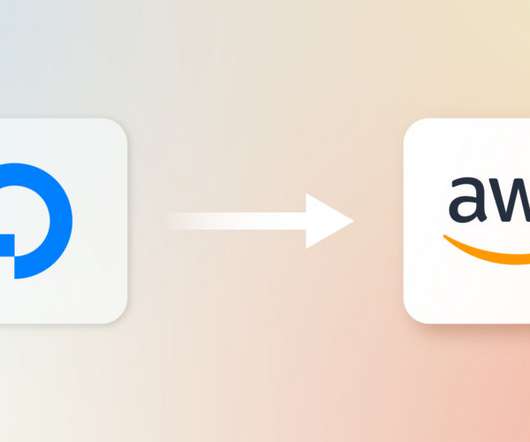


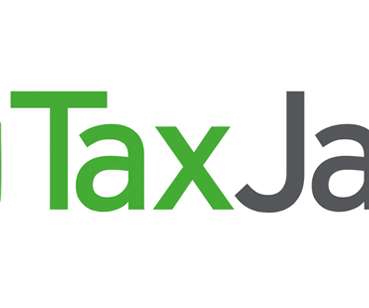








Let's personalize your content